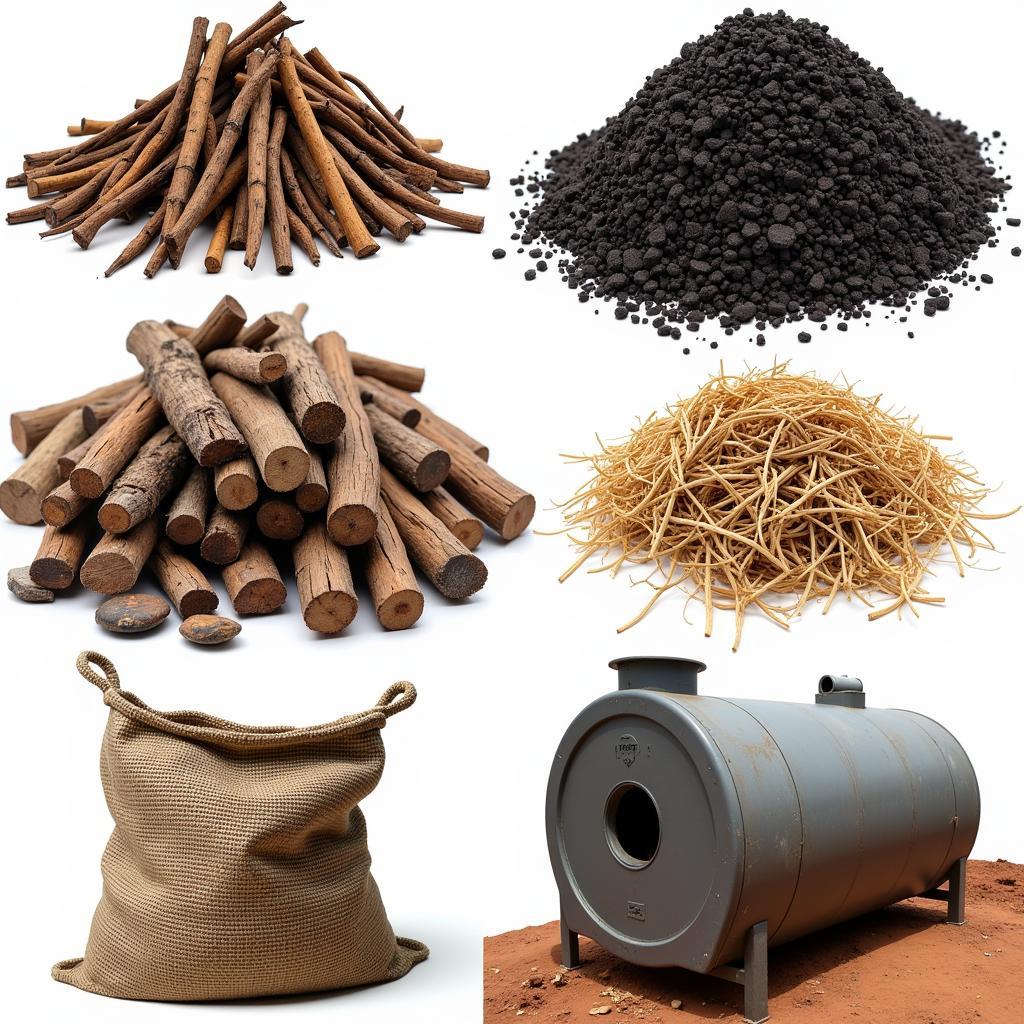African Countries Sugarcane Industries: A Sweet Spot for Growth?
The African sugarcane industry presents a complex tapestry of opportunities and challenges. From smallholder farmers to large-scale plantations, sugarcane cultivation plays a vital role in the economies of many African countries. This article delves into the nuances of African Countries Sugarcane Industries, examining its economic impact, social implications, and environmental considerations.
Exploring the Landscape of African Countries Sugarcane Industries
Sugarcane cultivation in Africa dates back centuries, with evidence suggesting its presence in Egypt as early as the 7th century. Today, the industry is a significant contributor to the economies of several African countries, providing employment, generating revenue, and contributing to food security. The industry, however, faces numerous challenges, including climate change, aging infrastructure, and global market fluctuations. These factors make navigating the future of African countries sugarcane industries a delicate balancing act.
Key Players in the African Sugarcane Industry
Several African countries are prominent players in the sugarcane industry. South Africa, Egypt, Mauritius, and Sudan are among the largest producers on the continent. Each country has its own unique set of circumstances and approaches to sugarcane cultivation. While some countries focus on large-scale commercial production, others rely heavily on smallholder farmers. Understanding these differences is crucial to understanding the complex dynamics of African countries sugarcane industries.
Many smallholder farmers depend on sugarcane cultivation for their livelihoods, and it often represents their primary source of income. This dependence highlights the social significance of the industry, as it directly impacts the lives of millions of people across the continent. Supporting these farmers through access to better farming practices, improved technologies, and fair market prices is essential for the sustainable development of African countries sugarcane industries.
The Economic Impact of Sugarcane in Africa
The economic impact of sugarcane in Africa is multifaceted. Beyond its contribution to GDP, the industry provides employment opportunities across the value chain, from farming and harvesting to processing and distribution. This job creation is particularly important in rural areas where alternative employment opportunities may be limited. Furthermore, sugarcane byproducts, such as bagasse, can be used for biofuel production, offering a potential avenue for renewable energy generation and further economic diversification.
Opportunities and Challenges for Growth
Despite its economic importance, the sugarcane industry in Africa faces significant challenges. Climate change poses a major threat, with changing rainfall patterns and increased temperatures impacting crop yields. Aging infrastructure and limited access to modern technologies also hinder productivity and efficiency. Moreover, the global sugar market is highly competitive, and African countries often struggle to compete with larger, more established producers.
Addressing these challenges requires a multi-pronged approach. Investing in research and development to develop drought-resistant sugarcane varieties is crucial. Modernizing infrastructure and improving access to technology can enhance productivity and efficiency. Promoting sustainable farming practices and reducing the environmental impact of sugarcane cultivation are also essential for long-term viability.
Sustainable Practices in African Sugarcane Production
Sustainable sugarcane production is becoming increasingly important. This involves adopting practices that minimize environmental impact, conserve resources, and promote social responsibility. Water management is a critical aspect of sustainable sugarcane cultivation, as the crop requires significant amounts of water to thrive. Efficient irrigation techniques and rainwater harvesting can help reduce water consumption and ensure the long-term sustainability of the industry.
Environmental Considerations
The environmental impact of sugarcane cultivation is a complex issue. While it can contribute to deforestation and water pollution, it also offers the potential for carbon sequestration and renewable energy generation. Balancing these competing factors requires careful planning and implementation of sustainable practices. Promoting responsible land management, minimizing the use of pesticides and fertilizers, and utilizing byproducts for biofuel production are essential steps towards achieving a more sustainable sugarcane industry.
Conclusion
The African sugarcane industry stands at a crossroads. With the right investments and policies, it has the potential to be a powerful engine for economic growth and development. Addressing the challenges and embracing sustainable practices will be crucial for unlocking the full potential of African countries sugarcane industries and ensuring its long-term viability. Investing in this vital sector can create a sweeter future for Africa.
FAQ
- Which African country is the largest producer of sugarcane? South Africa is the largest producer.
- What are the main challenges facing the African sugarcane industry? Climate change, aging infrastructure, and global market competition are some key challenges.
- How can sugarcane production be made more sustainable? Implementing efficient irrigation, reducing pesticide use, and utilizing byproducts for biofuel are key steps.
- What are the byproducts of sugarcane and their uses? Bagasse, a byproduct, can be used for biofuel production and as a building material.
- What is the social impact of the sugarcane industry in Africa? It provides livelihoods for millions, particularly in rural communities.
- How can smallholder sugarcane farmers be supported? Access to better farming practices, improved technologies, and fair market prices can empower smallholder farmers.
- What is the role of technology in improving sugarcane production? Technology can enhance productivity, efficiency, and sustainability in sugarcane farming and processing.
Scenarios:
Scenario 1: A smallholder farmer in Kenya is struggling with low sugarcane yields due to drought. Question: What resources are available to help this farmer improve their water management practices and access drought-resistant sugarcane varieties?
Scenario 2: A sugarcane processing factory in Mauritius is looking to reduce its environmental footprint. Question: What sustainable practices can the factory implement to minimize water pollution and utilize byproducts effectively?
Related Articles:
- The Future of Biofuels in Africa
- Sustainable Agriculture in Developing Countries
- The Impact of Climate Change on African Agriculture
Need Support?
Contact us 24/7: Phone: +255768904061, Email: [email protected], Address: Mbarali DC Mawindi, Kangaga, Tanzania.




